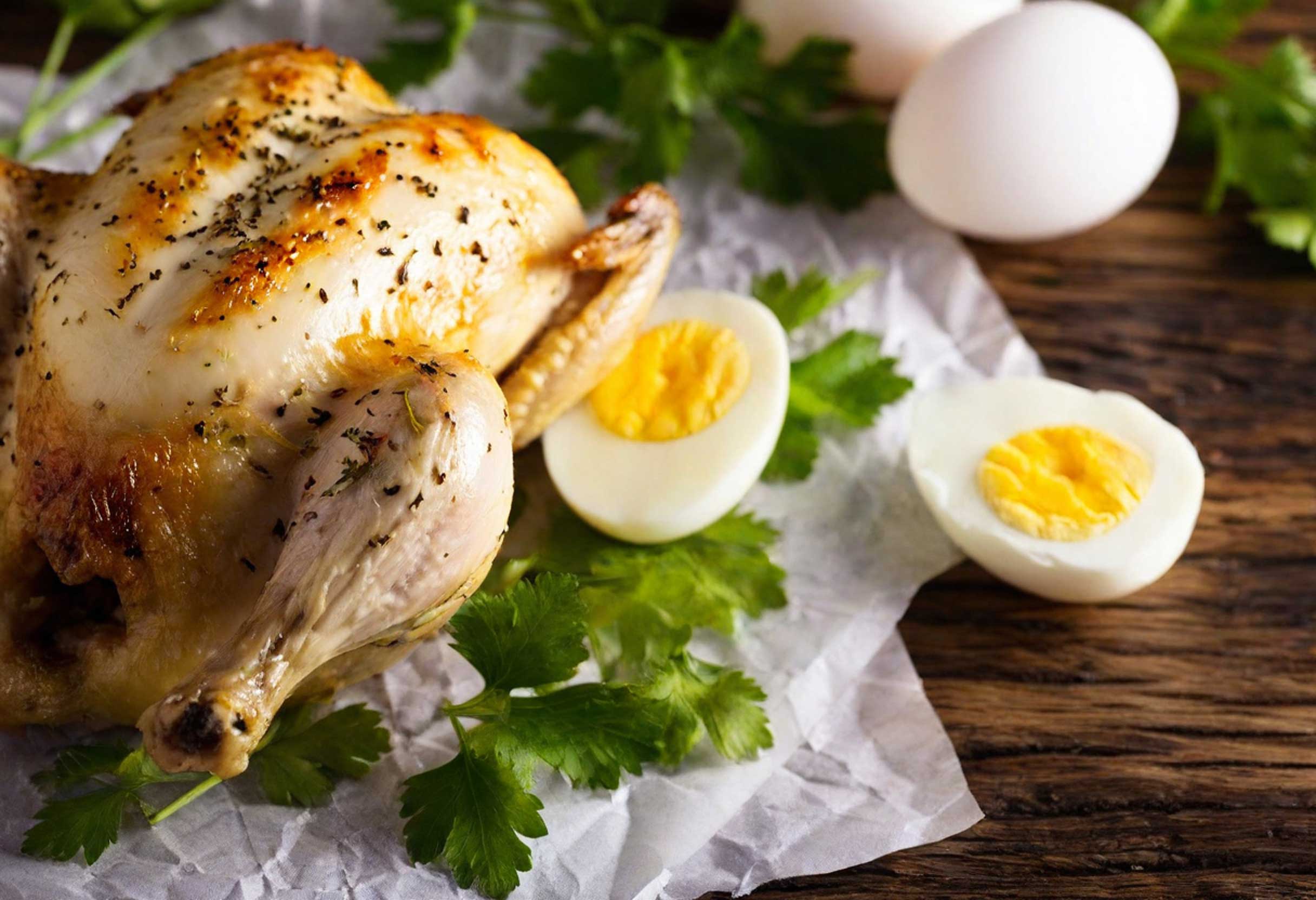Yes, it does, and it can be found on “dual purpose” chicken farms.
Dual-purpose chickens are a versatile option, but they have different objectives than the highly specialized breeds used in the poultry industry (such as broiler chickens for meat or hybrid hens for eggs), which are optimized for a single purpose and require more specific farming conditions.
These birds can be a good option for a small family farm due to their versatility and hardiness, but they are less efficient and sustainable than the specialized birds mentioned above. In fact, specialized birds require less grain/feed to produce the same amount of meat, which has a positive global impact.
But are “Dual Purpose” birds a breed? It is more accurate to define them as a category or type of chicken breed rather than a single breed in its own right.
The Dual Purpose category therefore refers to a group of breeds that have a dual production purpose, i.e., they are suitable for both meat and egg production. In contrast, a breed refers to a specific group of chickens that share well-defined and transmissible genetic, physical, and behavioral characteristics.
Therefore, there is no such thing as a single “Dual Purpose” breed, but there are many breeds that fall into this category. For example, the Wyandotte is a breed and falls into the Dual Purpose category. The same applies to the Plymouth Rock and Rhode Island Red.
To use a metaphor to better understand this, it is a bit like saying that a “sports car” is not a brand, but a category of cars. Ferrari is a specific brand that manufactures sports cars, among other things.
That said, in poultry farming, Dual Purpose chickens are selected to be efficient in both meat and egg production.
Unlike specialized breeds, which excel in only one area, Dual Purpose breeds offer a compromise: they are not the absolute best for either eggs or meat, but they are excellent for both purposes.
Main Characteristics
Egg Production: They lay a good number of eggs, generally 150-200 per year. They do not reach the levels of specialized breeds (which can exceed 300 eggs), but production is consistent and satisfactory.
Meat Quality: They have good body mass and grow at a moderate rate, resulting in flavorful meat with good texture. Unlike industrial broiler chickens, they are not selected for ultra-fast growth.
Hardiness: They are usually much more robust and disease resistant than industrial hybrid breeds. They adapt well to different climates and are excellent foragers, capable of finding part of their food on their own.
Who are they for?
Dual-purpose breeds are therefore ideal for:
Small farmers and farmers who want to produce both meat and eggs for family consumption or local sale.
Amateurs and hobbyists who want to have a small chicken coop in their garden to be partially self-sufficient.
Examples of Dual Purpose breeds
There are many breeds that fall into this category. The best known include:
- Wyandotte
- Plymouth Rock
- Sussex
- Orpington
- Rhode Island Red
The concept could be confusing. So let’s try to clarify it using a simple analogy.
The distinction between category and breed
Think of “Dual Purpose” as a functional category, not a single breed.
Category: Think of the category “family cars.” This category includes several different models of cars (e.g., a station wagon, an SUV, a minivan). Each model is its own breed.
Breed: think of the “Volkswagen Passat.” It is a specific model of car that falls into the category “Family cars.”
Applying this analogy to chickens:
The “Dual Purpose” category includes all breeds that have a dual function (meat and eggs).
The “Plymouth Rock” is a specific breed of chicken that falls into the “Dual Purpose” category.
In summary, there is no such thing as a “Dual Purpose breed,” but there are several breeds that fall under the Dual Purpose category. The difference is that the former is a generic name and the latter is a specific name.











